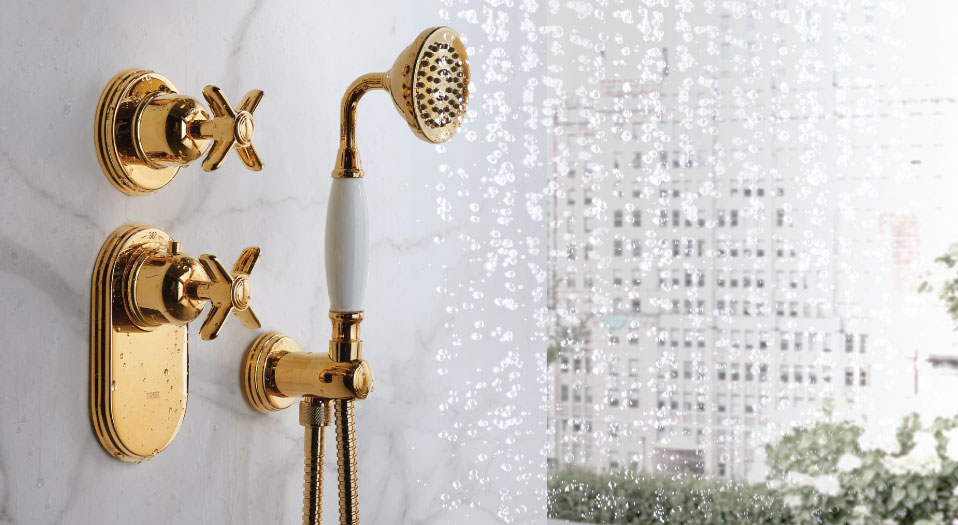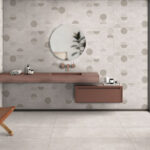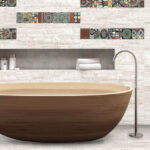Sanitary ware includes fixtures such as toilets, washbasins, bidets, and urinals. These are essential elements in any residential or commercial bathroom design, contributing to hygiene, comfort, and water conservation.
Common Types of Sanitary Ware:
- Washbasins: Can be wall-mounted, pedestal, countertop, or under-counter types. Each style offers distinct advantages in terms of space usage and aesthetics.
- Toilets: Include one-piece, two-piece, and wall-mounted systems. One-piece toilets are easier to clean and more compact, while wall-mounted toilets offer modern styling and easier floor maintenance.
- Mixers and Faucets: Come in various configurations such as single-lever, dual-handle, and sensor-activated models. The choice depends on user preference, water pressure, and energy efficiency.
Material Considerations:
- Ceramic: The most widely used material due to its durability, smooth surface, and resistance to chemicals and staining.
- Stainless Steel: Preferred in high-use public spaces. It offers longevity, corrosion resistance, and hygienic qualities.
Key Selection Criteria:
- Water Efficiency: Opt for fixtures with built-in conservation technologies such as dual-flush toilets and aerators on taps.
- Ergonomics: The height, shape, and position of sanitary ware must align with the user’s needs to ensure comfort and accessibility.
- Maintenance: Non-porous surfaces are easier to clean and inhibit bacterial growth, reducing long-term maintenance costs.
An understanding of sanitary ware features ensures better decision-making when designing or upgrading a bathroom.



